Cat eyes are fascinating organs that play a crucial role in their predatory lifestyle. Understanding the anatomy of feline eyes is key to appreciating their impressive visual capabilities, particularly their night vision. Cat eyes are specially adapted to function optimally in low-light conditions, giving them a distinct advantage as nocturnal hunters.
The Unique Structure of the Cat’s Eye
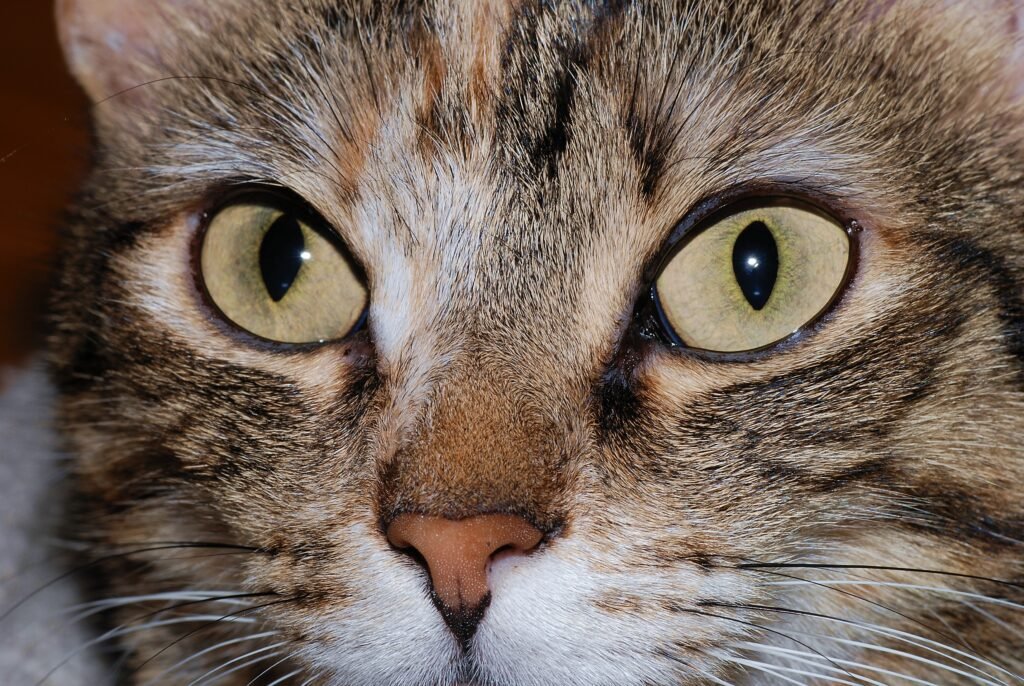
The structure of a cat’s eye is notably different from that of humans. The most distinctive features include large corneas, slit-shaped pupils, and a unique layer known as the tapetum lucidum, which contribute to their extraordinary sight. Each of these components works together to enhance a cat’s ability to see in the dark.
The Role of Large Corneas and Slit Pupils
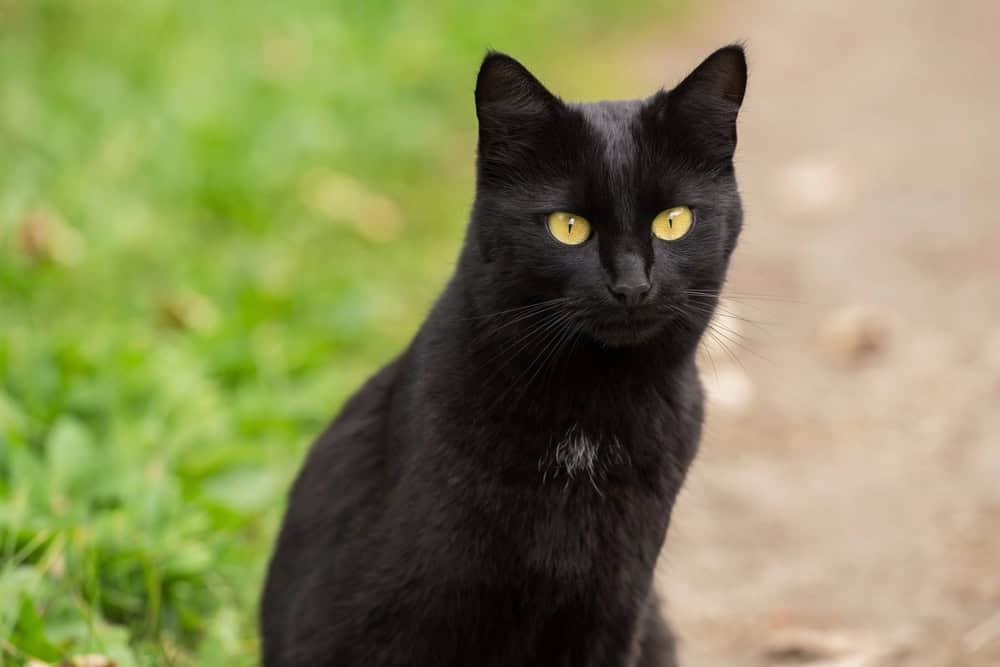
The large corneas in cat eyes allow more light to enter, enabling better vision in dimly lit environments. The vertically slit pupils can contract or dilate to regulate the amount of light reaching the retina. During the day, they contract to slit-like forms, reducing glare, and at night, they expand significantly to let in as much light as possible.
The Magic of the Tapetum Lucidum
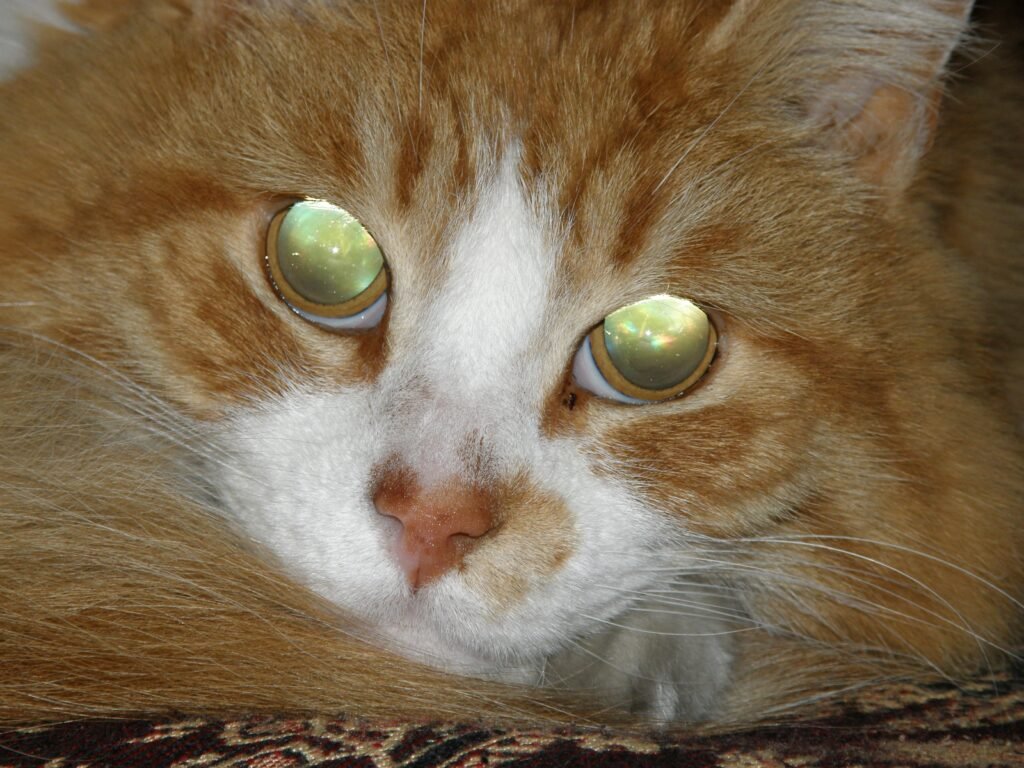
The tapetum lucidum is a reflective layer located behind the retina. It acts like a mirror that reflects light back through the retina, giving photoreceptor cells a second chance to capture the available light. This structure is responsible for the characteristic “eye shine” seen in cats and contributes substantially to their night vision capabilities.
The Photoreceptor Cells: Rods vs. Cones
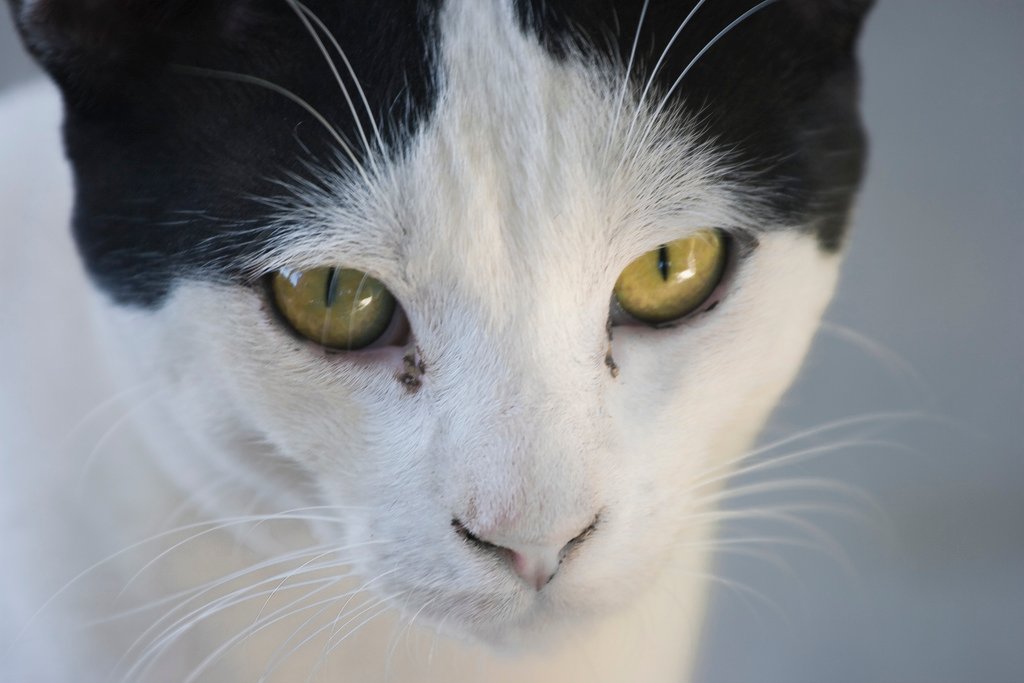
Photoreceptors, including rods and cones in the retina, are essential for vision. Cats have a higher number of rod cells, which are sensitive to low light levels, compared to cones, which detect color. This rod-dominated anatomy is crucial for cats’ night vision. While their color vision is less vibrant than humans, their ability to see in low light is significantly superior.
How Cats See the World Differently
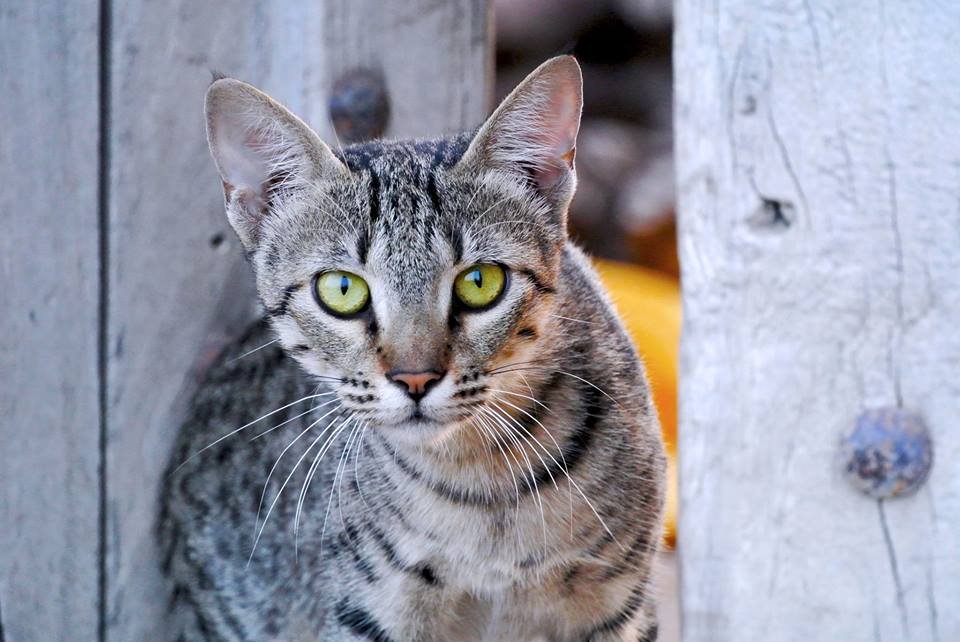
While cats see fewer colors than humans, they excel in detecting movement in the dark. Their color vision is akin to a human with red-green color blindness, relying mainly on blues, greens, and grays. The primary advantage for cats is not the range of colors they perceive but their ability to detect subtle movements and shapes, even with minimal light.
Comparison of Cat Vision to Human Vision
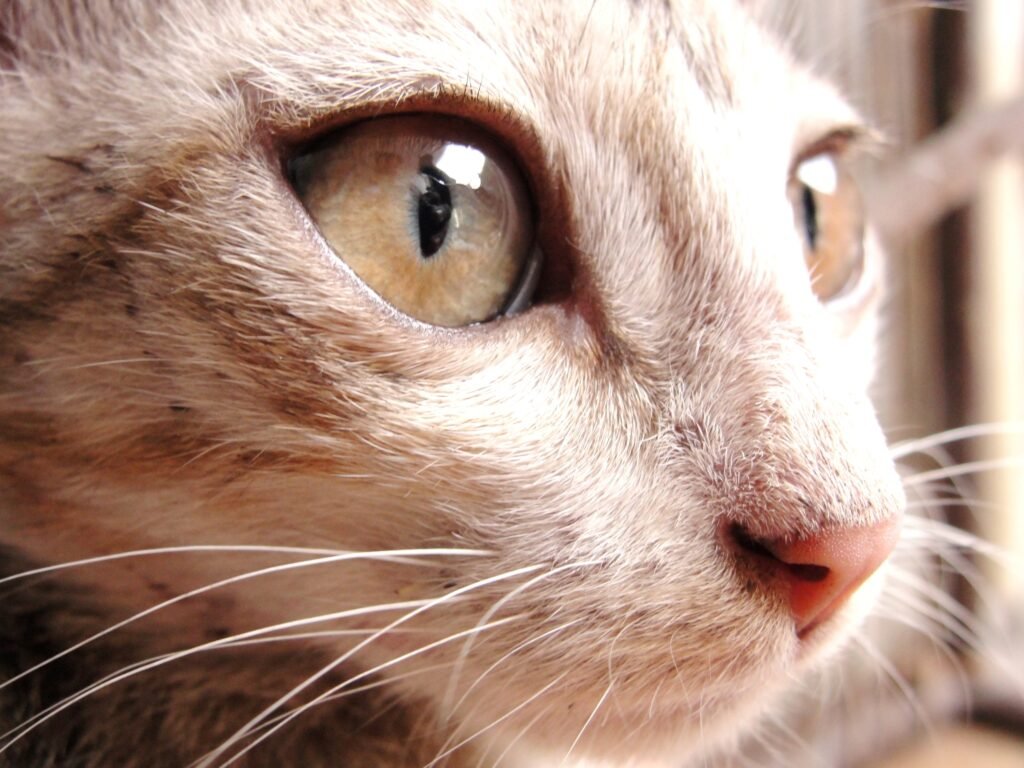
In terms of clarity and color perception, human vision outperforms that of cats during the day. However, when it comes to night vision, cats have a significant advantage due to their enhanced ability to capture and process available light. This ability is fine-tuned to be functional from dawn to dusk, the natural hunting periods for wild cats.
Eye Adaptations for Hunting
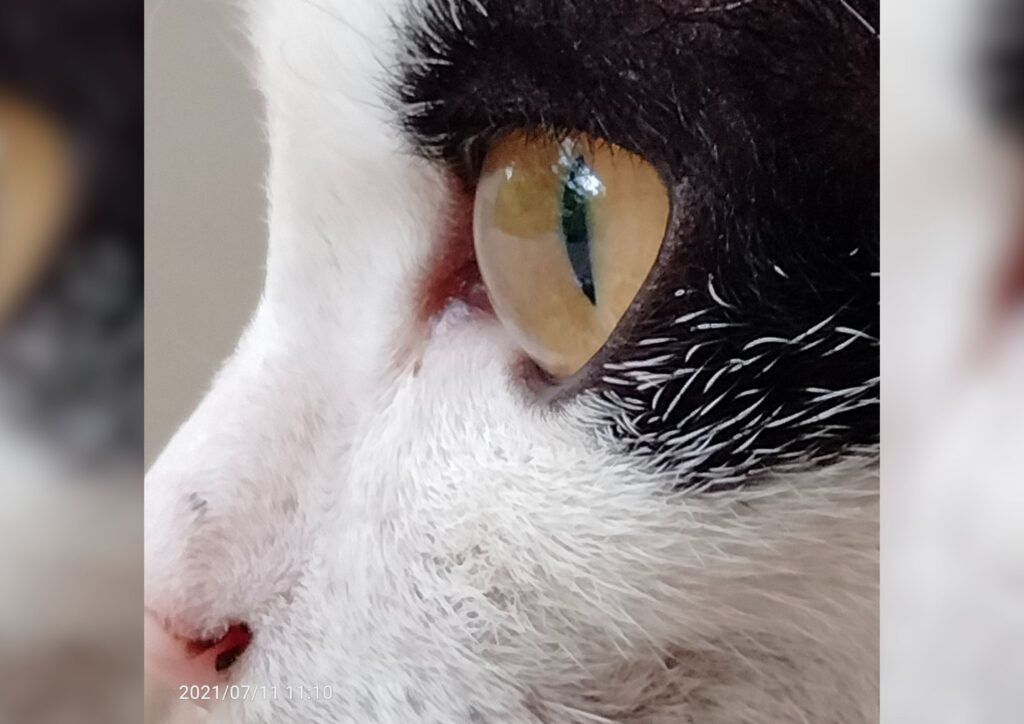
Cats are natural hunters, and their eyes are well-adapted for this purpose. Their ability to see in low light enables them to stalk prey effectively at night. The eye’s rapid adjustments to changing light conditions allow cats to seamlessly transition from bright environments to dimly lit areas, a trait essential for successful hunting.
Behavioral Implications of Night Vision
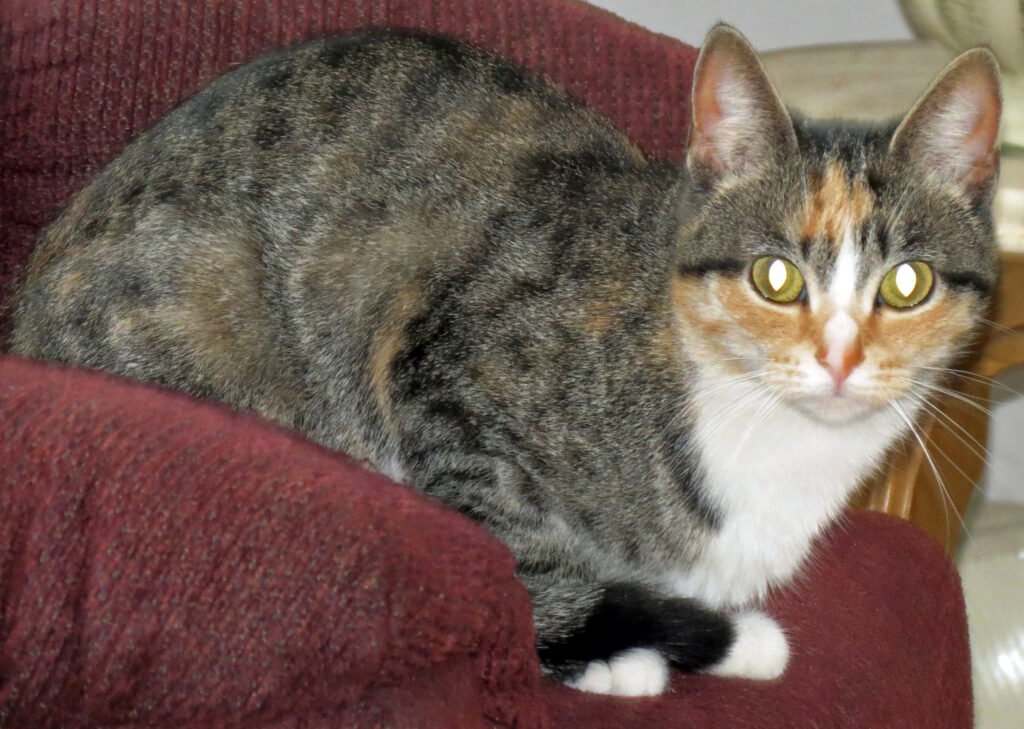
This exceptional night vision affects feline behavior significantly. Cats tend to be more active during dawn and dusk (crepuscular activity) owing to their optimal vision at these times. Their activities, including playing, hunting, and exploring, are heavily influenced by their visual capabilities, allowing them to navigate and interact with their environment with ease.
The Evolutionary Advantage
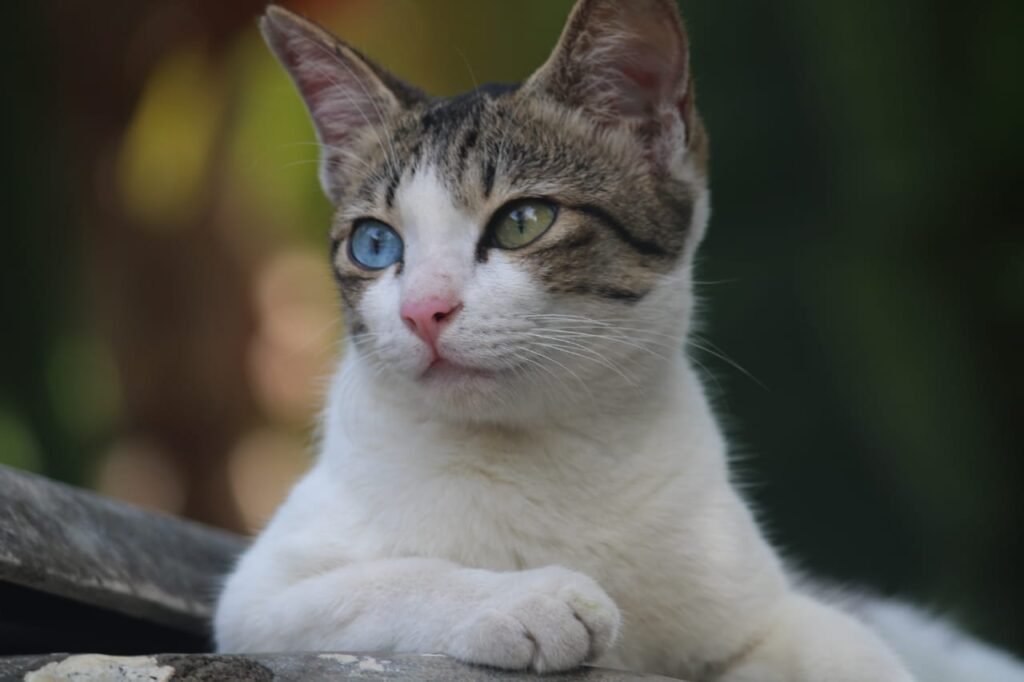
The science behind cat eyes and their incredible night vision highlights the evolutionary advantages that these adaptations provide. From the unique anatomical features to the behavioral tendencies influenced by their vision, cats are perfectly equipped to thrive in their natural habitat. Understanding these features not only increases our appreciation for these fascinating creatures but also sheds light on the intricate connection between an organism and its evolutionary needs.

Esther is from India; the heartbeat of South Asia, holding a Master’s degree in Zoology and a postgraduate diploma in Animal Welfare. Her enthusiasm for animal welfare drives her passion and dedication to work for animals, ensuring their well-being and advocating for their rights. With a solid academic background and hands-on experience, she is committed to making a positive impact in the field of animal welfare. In her free time, she enjoys embroidery and sewing. As a Chennaite from Tamil Nadu, Esther loves Bharathanatyam, an Indian classical dance form.






